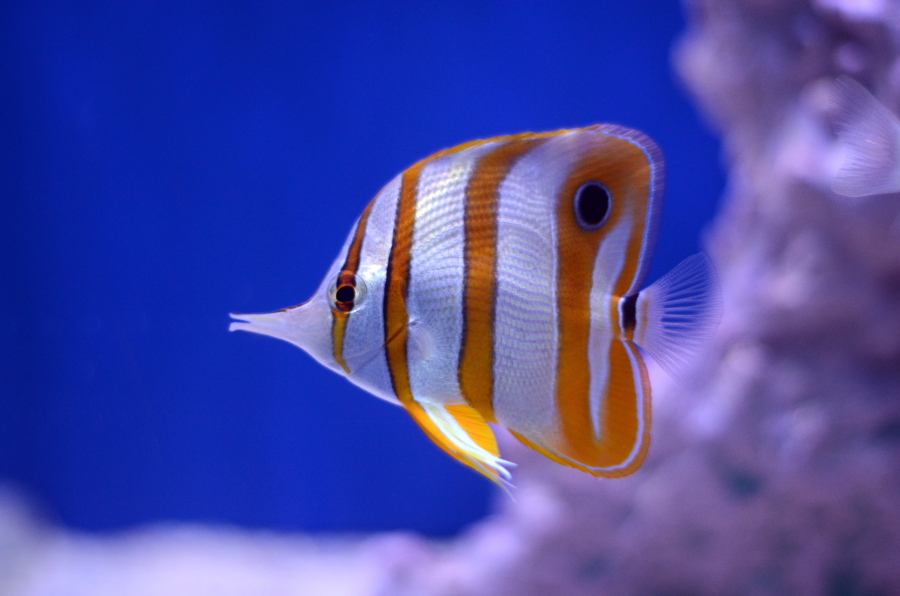Remember when keeping a saltwater aquarium was just for experts? Now, technology has advanced to the point where just about anyone can do it and expect to keep the fish alive and healthy.
Where the fish come from has also changed: Many are now bred for the trade instead of caught in the wild — a difference that tends to be healthier for the fish and the environment.
Dante Fenolio, vice president for conservation and research at San Antonio Zoo in Texas, remembers what the business was like in the 1970s and early 1980s: “My dad owned a company that imported fresh water and marine fish from all over the world. I don’t recall there being anything when I was a kid that was regularly captive-bred. Every now and again someone would say they got a clownfish to breed, but then they had problems with the young … It was nothing like it is now.”
The most recent list of captive-bred species compiled by Tal Sweet for Coral Magazine totals 330. Twenty-seven species are judged as “commonly available” and 38 “moderately available.”
Sweet started compiling the list — a joint effort between the magazine and the Marine Life Aquarium Society of Michigan — in 2013, when the total was about 200 species. So progress has been rapid, and impressive, because figuring out how to breed these fish is not simple.
“It’s not like putting two animals of opposite sex together and just saying go do it,” says Fenolio. Temperature and season are important, but that’s just the start, and each species presents its own challenges. In the wild, critical details might include lunar cycle, changes in salinity, even other species’ breeding.
Such efforts, however, have created a range of captive-bred options for the hobbyist, and experts suggest sticking to them.
For one thing, captive-bred fish are likely to start out healthier than wild fish: “They’re not exposed to disease and pathogens, and not exposed to as much transportation stress,” says Sweet. They’re also more likely to eat what you can buy to feed them. “Captive-bred fish have grown up eating pellets and frozen foods.”
Commonly available captive-bred species also tend to be fish that beginners can succeed with.
“They can withstand a little learning curve,” says Jeff Gibula, zoological operations manager at Newport Aquarium in Kentucky.
There are bigger issues of conservation.
Wild aquarium fish are sometimes caught with methods that are bad both for the fish and the ecosystem it comes from. The fish may be stunned with dynamite or caught using cyanide.
Gibula, who runs his own aquarium installation company, says some wholesalers offer sustainably caught wild fish that he is comfortable buying. He can see how they track the fish from their point of origin, and they guarantee how they’ve been caught and handled.
“My favorite store, they label every fish where it came from — the name of the company or breeder,” says Sweet. “Not every store does that, but if I go into a store and they can’t tell me where their fish is from, I won’t buy it.”



